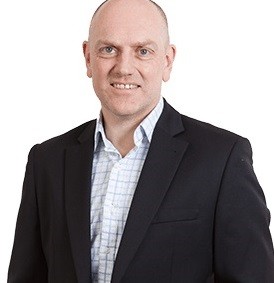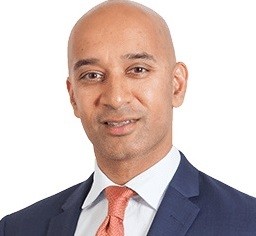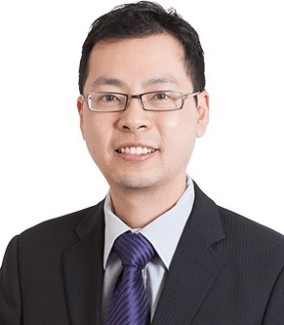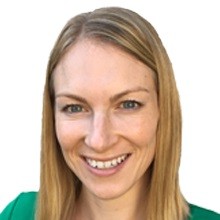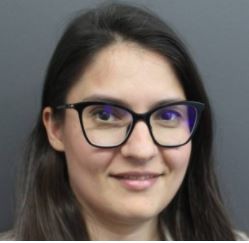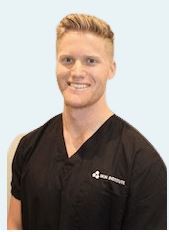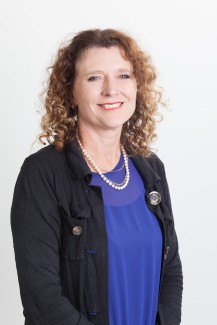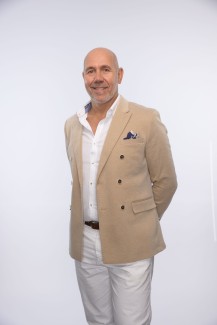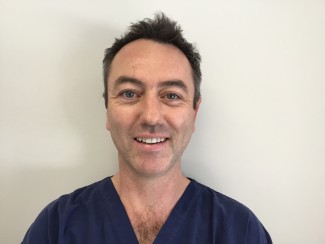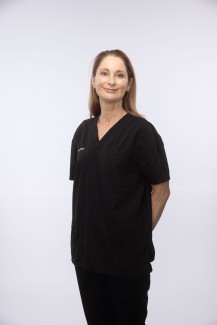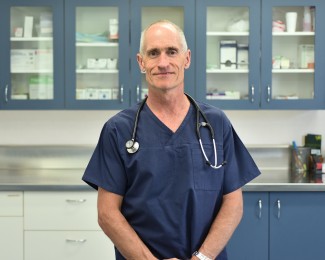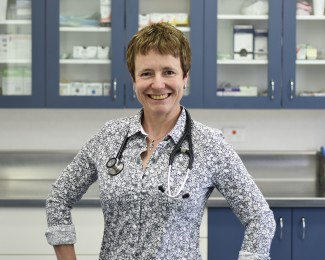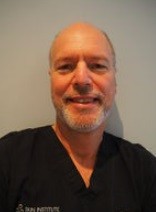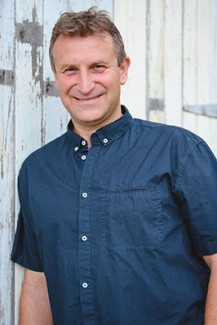Skin Institute
Description
They also perform Mohs Micrographic Surgery, the most advanced and sophisticated method of treating skin cancer on the face. This method achieves cure rates that are higher than any other technique.
Their team provide the latest advanced technology for treating all types of veins including micro-sclerotherapy, ultrasound guided sclerotherapy (UGS), endovenous ablation (EVLA) and varicose vein surgery. Their experienced team includes sonographers, physicians and specialist vein surgeons.
They also have a particular focus on all aspects of ‘appearance’, from facial rejuvenation treatments to cosmetic injectables. Their team of experienced cosmetic doctors and registered nurses perform a comprehensive range of procedures and also lead the way with innovative procedures in appearance medicine including Thread Lifts, Platelet Rich Plasma and Fat Freezing.
To read more about our certification, click here.
- Skin Biopsy
- Spot Checks
- Full Body Skin Check
- Cryotherapy
- Photodynamic Therapy
- Excisions
- Surgical Removal
- Mohs/CCPDMA Surgery
Practitioners
Services Provided
Charges
The Skin Institute is an Affiliated Provider to Southern Cross Health Society for selected skin cancer and vein treatment where medical necessity criteria apply. Please click here to read more.


